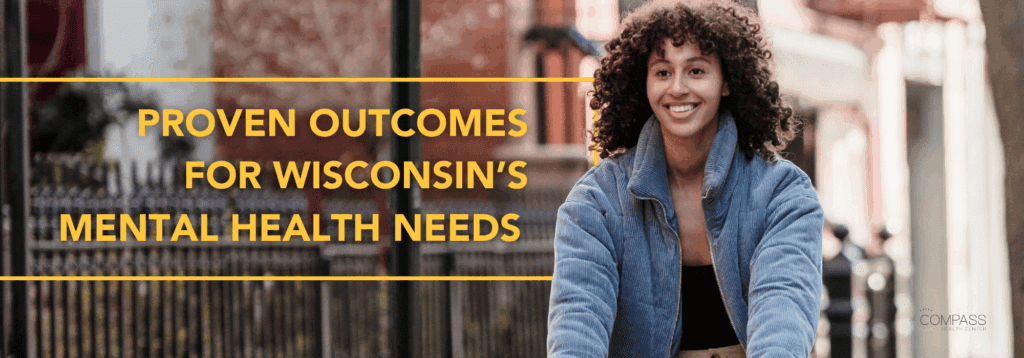
Creative Arts & Experiential Therapies 101: Improv Therapy
Improv therapy
When starting an improv therapy group, I always ask this question: who can tell me what improv is? Kids have the best answers: “playing games!”, “being a comedian!” and “improvement!” To help them better understand and to ground the answers in real-life experience, I remind them that none of us wake up in the morning and read from a script throughout our day. We often do not know what we’ll say before we say it and we make things up as we go. That, I say, is the definition of improv, or improvisation: making things up on the spot.
Improv as therapy is relatively new and is often a subset of music or drama therapy. As an intervention, improv is used frequently in many models of therapy. Therapists in different settings have their patients do role plays, practice conversations before they have them, or try something they have never done before. Improv is often used in the treatment of social anxiety or social phobia. Budding research shows the use of Improv utilizes group cohesiveness, play, exposure, and humor to effectively target social anxiety symptoms. Improv has also proven to be a successful intervention with social skills building, including when working with neurodivergent populations.
Improv at Compass is used primarily in the group setting and serves as a recreational or experiential intervention throughout the treatment stay. I tell kids all the time that the goal of this group is YES, to have fun! An improv group also allows us to practice willingness in a structured and safe setting. A group typically starts on our feet in a big circle. We start with a warmup game to get our body and mind moving. We talk about the “rules of improv” as using willingness with “Yes, and”, and then move into an exercise that asks us to practice that very thing. For example, we may play What Are You Doing?, where one group member acts out an action, and the person next to them asks: “what are you doing?” The person doing the action must answer with something they’re not doing—and yes, it can be silly! Group members continue to challenge themselves by jumping into games without certainty or planning, and they have the opportunity to practice skills in real-time.
The best part of improv therapy, in my humble opinion, is that it is for anyone and everyone, and the best way to show this is through a story.
Imagine it’s your first day back at school after Spring Break. You had a blast visiting your grandparents in Indiana, but now you’re facing the dreaded school building. You know you’ve got to get in (your parents will take away your screens if you refuse to go), but you’re feeling sick to your stomach and the worry thoughts are running wild: “everyone is going to think I look dumb”, “I’m going to get a pop quiz today that I will fail”, “there is no one in that building who cares about me”. Your distress is starting to increase, but you stop your thoughts quickly by picturing a big red STOP sign in your brain when you see your mom out of the corner of your eye.
Did you have a plan to use a skill at that moment? Not really. But you’ve improvised and found something that works for that specific moment. You look down at your feet and begin to walk.
Once inside, a peer approaches you and asks how your break was. You noticed the distress in your belly again. You tell yourself: I can feel anxious and still talk with my friend. You respond, “Pretty good, how was yours?” and now they’re talking animatedly about their trip to the Wisconsin Dells. The pressure is officially off of you.
It’s been a while since you’ve been called on in class, so when you sit down and get a nod from the teacher, you remember that was a part of your plan with your social worker–to actually talk in class. There’s that feeling, again, of distress in your belly. You take a chug of ice water and, when your teacher asks you for a theme in the reading from class, you raise your hand and say the first thing that pops into your brain: “love”. The teacher smiles, letting you know it’s a good guess, and she moves on.
Congratulations, 6th grade you. You’ve successfully used improv to muster up coping skills that helped you get through a distressing situation. You showed flexibility when using your STOP skill before walking into the building, positive social skills when seeing your peers, quick thinking when asked for an answer in class, and great distress tolerance when you didn’t quite get the answer right.
Improv is experiential. It helps us practice using skills in the moment, and when playing improv games in a group setting, most may feel distress in real-time. Improv emphasizes the use of both/and in alignment with the DBT model, and asks us to say “yes, and” to situations that may cause us to unhelpfully withdraw. And improv asks us to enact willingness in situations that may turn us inward. Engaging in improv helps us get comfortable in the uncomfortable and to build the capacity to feel okay not having everything planned out, to tolerate feeling silly, and to exist in our courage zone when necessary.
Want to learn more about PHP/IOP programming in general? Check out our resource page, What is PHP/IOP?
Further Reading in this series: Creative Arts & Experiential Therapies 101
.png)


